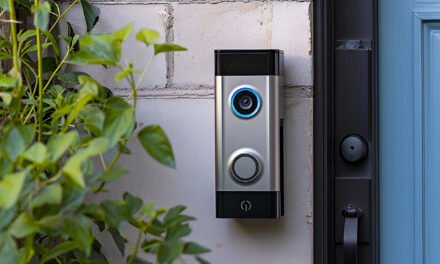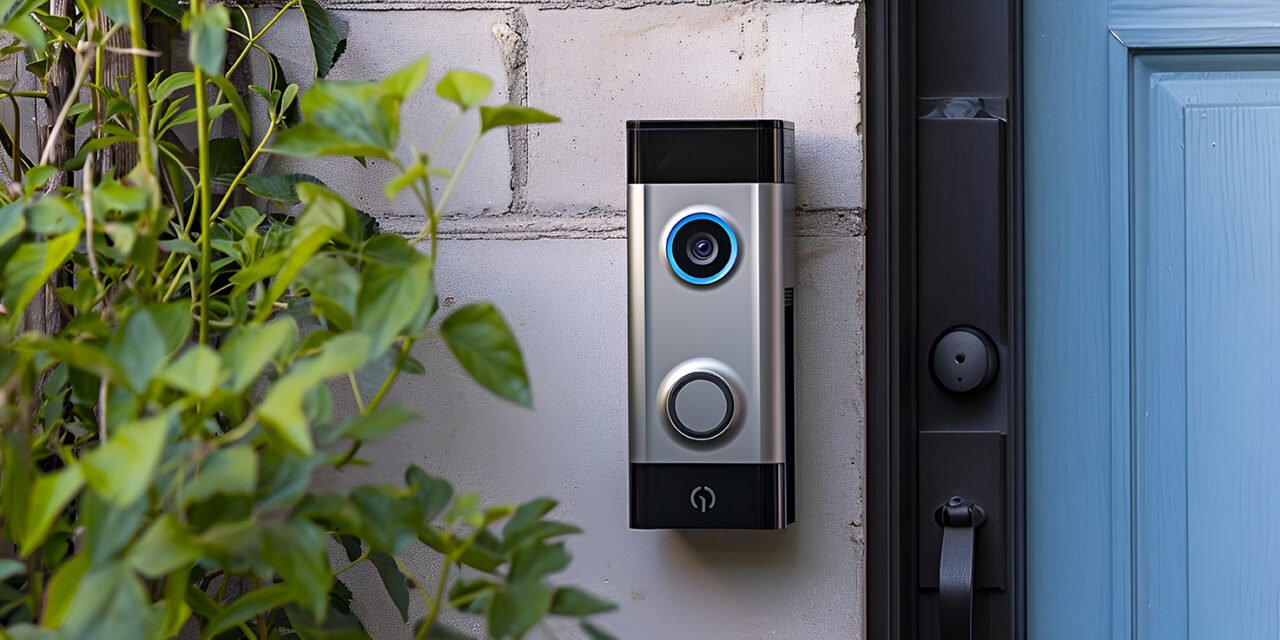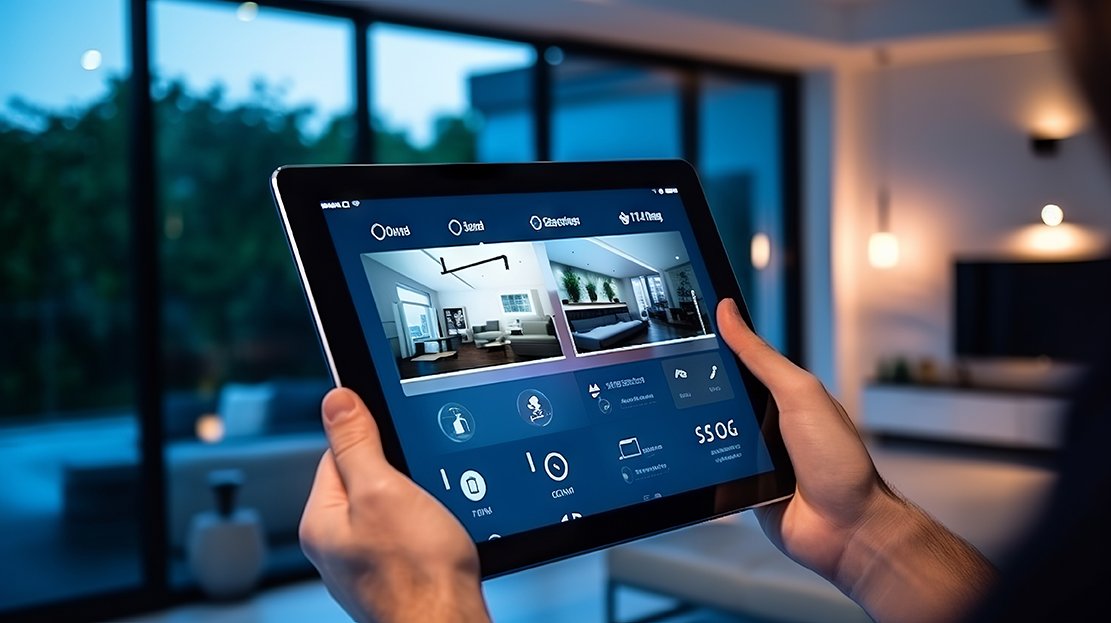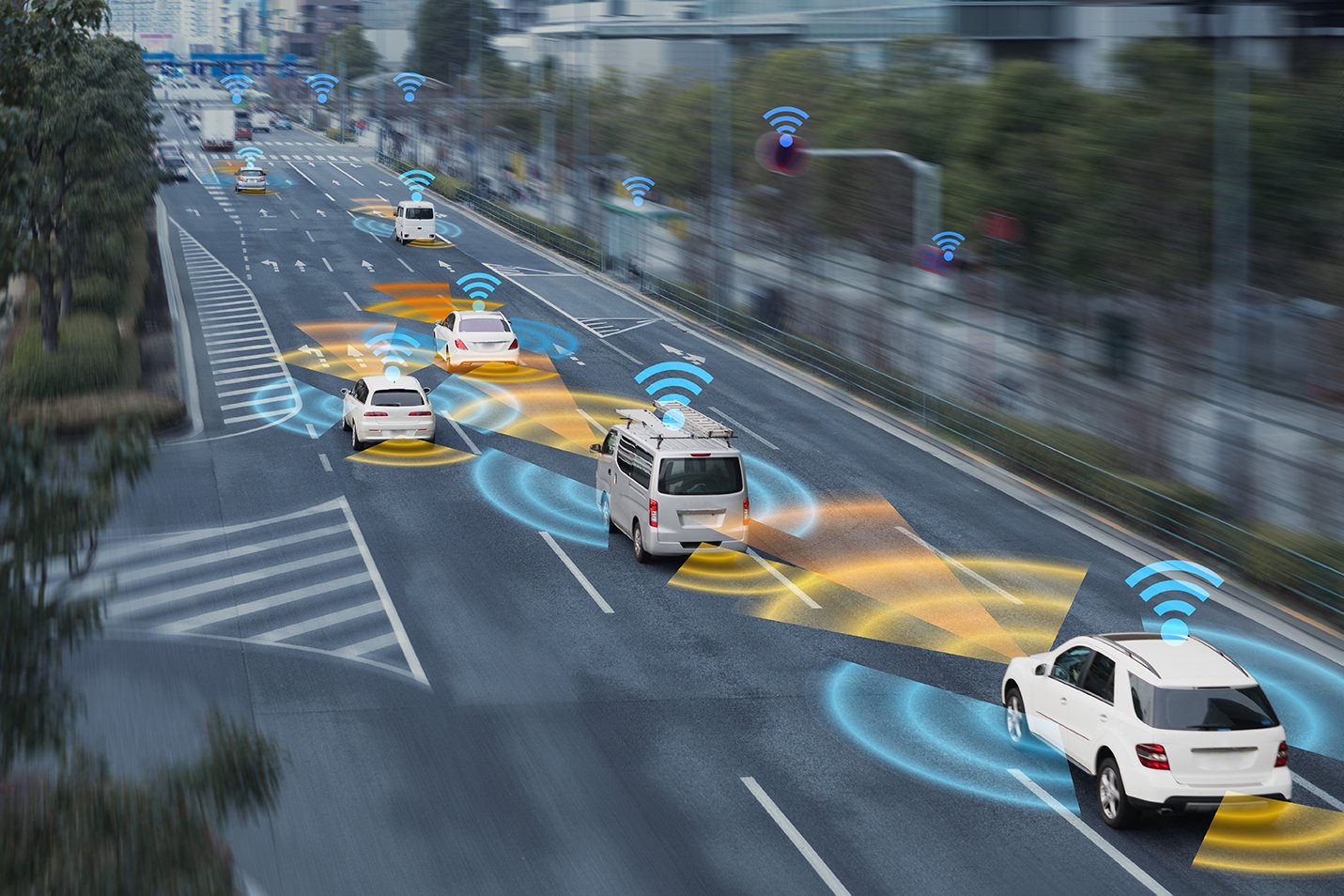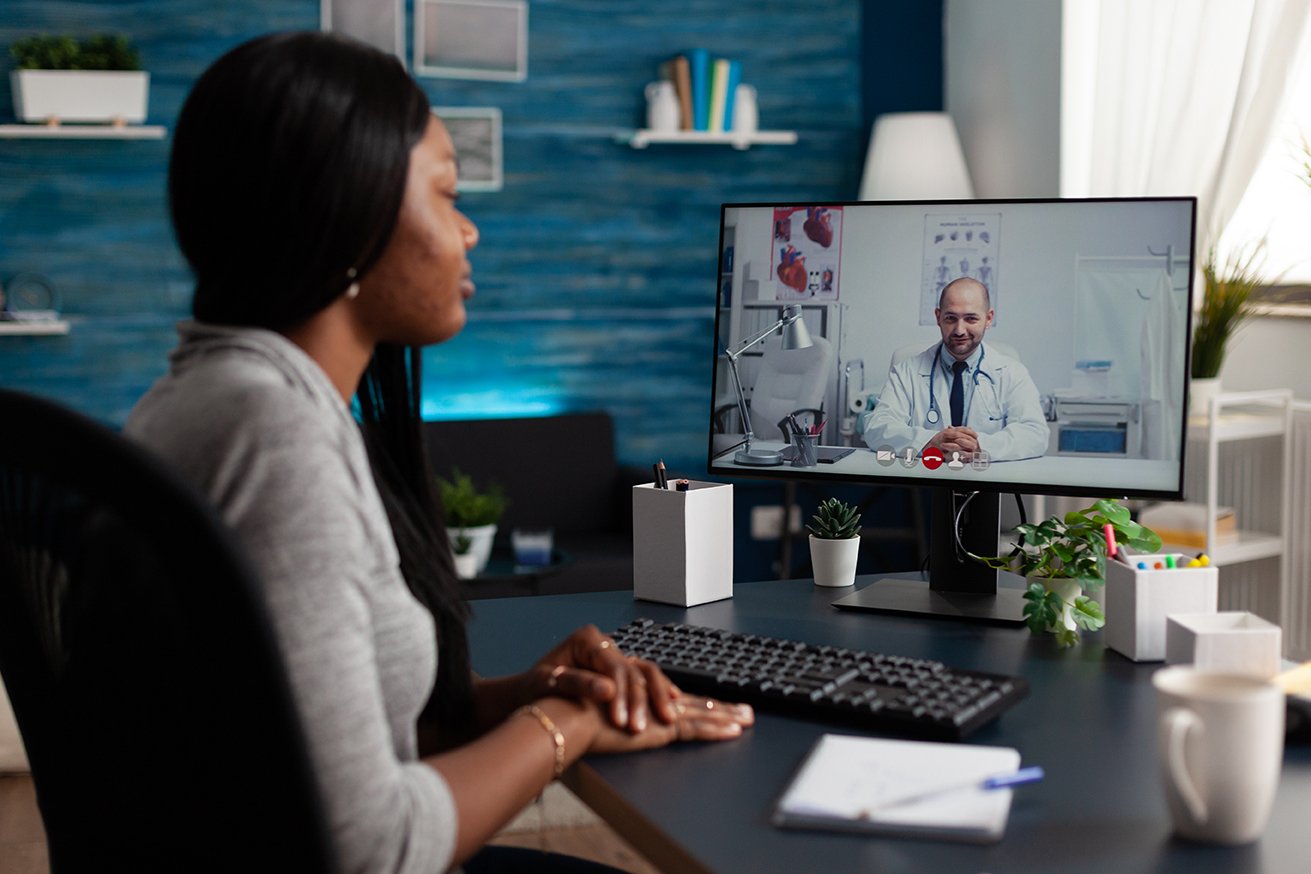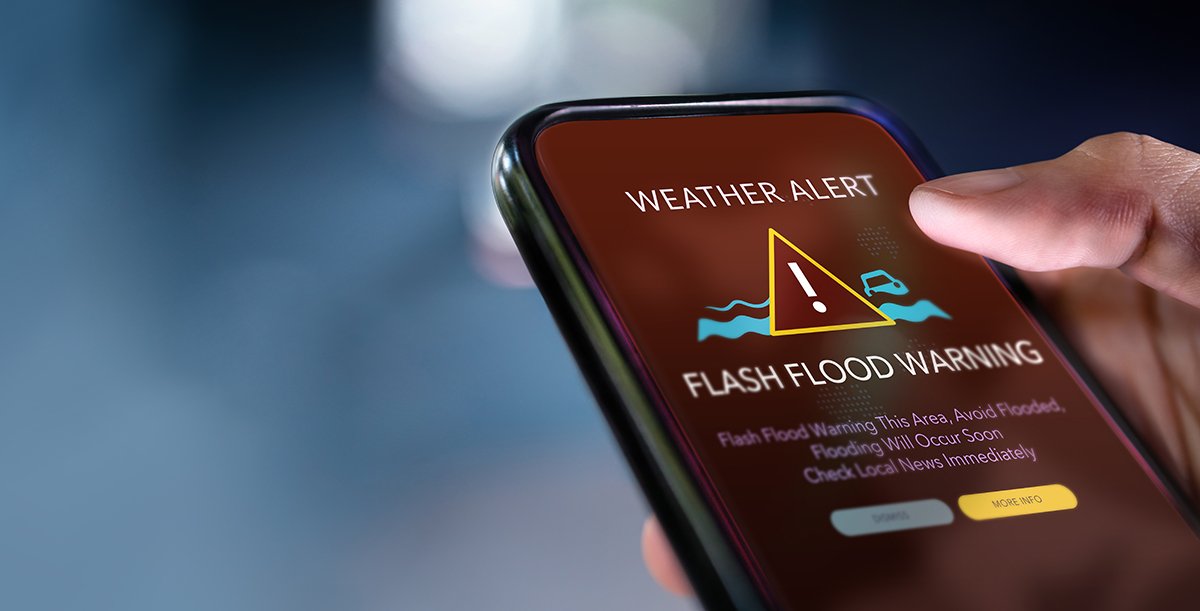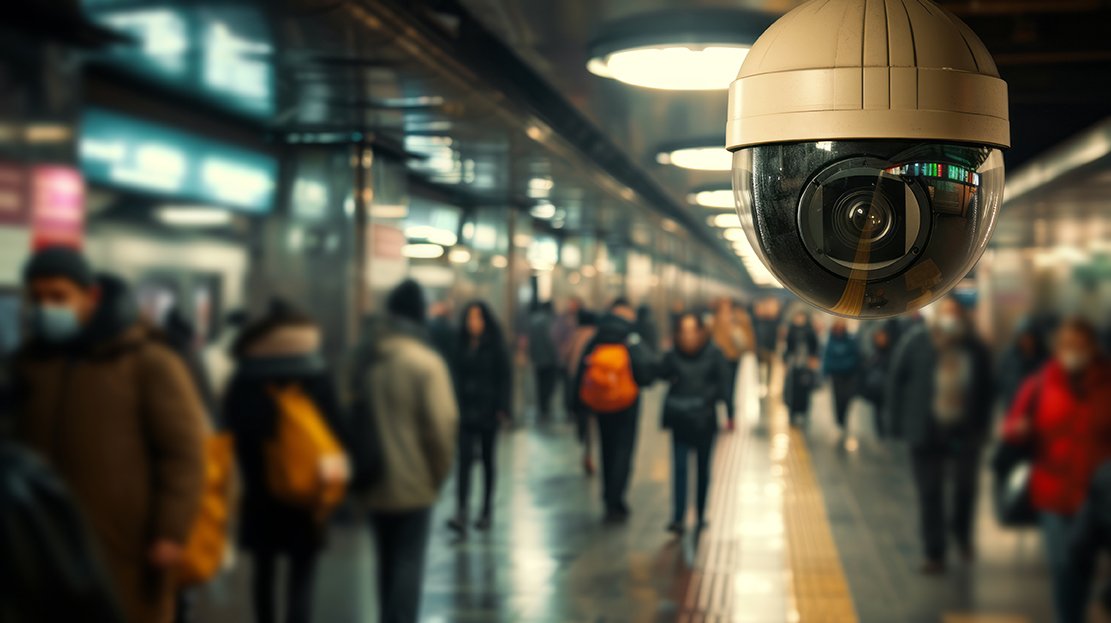- AI, The Latest Wave In Tech
- The Many Ways Technology Is Making Us Safer
Technology is making us safer, in case you didn’t know
In an era characterized by the rapid advancements of technology, integrating technology into various aspects of our lives has ushered in transformative changes. One area technology has a direct impact is personal safety. From the roads we travel on to our homes, technology plays a pivotal role in enhancing our personal safety and well-being. This post is the second in the series all about technology. It delves into the myriads of ways advancement of technology is making our lives safer.
Innovations ultimately mitigate risks. But it also empowers individuals and communities with the tools to navigate an increasingly complex world with confidence and resilience. From the innovative advancements in transportation and healthcare to smart home technologies and beyond. The marriage of innovation and safety is a testament to technology’s positive impact on the human experience. As technology advances, we unravel multifaceted layers of how these advancements are not merely a facilitator of convenience, but a guardian of our collective safety. Let’s highlight ways in which technology is making us safer.
1. Communication Has Changed Drastically For Emergency Services
We are all aware of the advancements made with mobile phones. Because of this evolution, how we communicate during an emergency has also radically changed. Mobile phones’ advancements contribute significantly in making our lives safer in various ways. Here are several ways mobile phones technology is making us safer.
Emergency Calling
Mobile phones allow users to make emergency calls. We use them to contact authorities, medical services, or other essential services. This immediate access to help can be crucial. Especially in life-threatening situations.
Location Tracking
Most modern smartphones are equipped with GPS technology. This enables emergency services or family members to track the user’s location in case of emergencies. The ability to provide a quicker response saves lives.
Safety Apps
Many safety apps are available for mobile phones. These apps offer features such as panic buttons, location sharing, and emergency alerts. Also, safety apps can be essential for individuals in vulnerable situations.
Communication during Disasters
During natural disasters or emergencies, mobile phones can be a lifeline. Users can receive emergency alerts, coordinate evacuation plans, and connect with loved ones during uncertain times.
Public Safety Alerts
Many countries and regions have systems in place to send public safety alerts to mobile phones. These imminent threats can include weather warnings, Amber alerts for missing persons, and other threats.
Navigation and Travel Safety
Mobile phones with navigation apps contribute to safer travel. They provide real-time traffic updates, alternative routes, and information about road conditions. The apps also help users avoid potential hazards and accidents.
Health and Well-being Apps
There are mobile apps that focus on health and well-being. They allow remote health monitoring, medication tracking, and to connect with medical professionals. This can be especially valuable for individuals with chronic conditions or those in need of regular medical supervision.
Personal Security Apps
There are personal security apps designed to enhance personal safety. They may include features such as virtual escorts, real-time location sharing with trusted contacts. Also, the ability to alert authorities in case of danger is an important feature of security apps.
In-App Emergency Services
Some smartphones have features that allow users to access emergency services directly from the lock screen. For example, emergency calls can be made even if the phone is locked.
Documentation and Evidence
Mobile phones can document incidents and gather evidence in case of accidents. The ability to capture photos, videos, and audio recordings can be crucial for legal and investigative purposes.
In summary, mobile phones play a crucial role in enhancing personal safety. Through their communication capabilities, location tracking, and safety apps. Not to mention the ability to access emergency services quickly. They also provide individuals with the tools and resources needed to navigate various situations and to seek help when needed.
2. Home Security Systems
Home security systems play a crucial role in making our lives safer. They provide protection against various threats and help to create a secure living environment. Here are several ways in which home security technology is making us safer.
Burglar Deterrence
Visible security cameras, alarm systems, and signage act as deterrents to potential burglars, discouraging them from attempting to break into homes.
Immediate Response
Monitored security systems automatically alert security companies or local authorities in case of a security breach. Their prompt response increases the chances of apprehending intruders and preventing further damage.
Remote Monitoring
Many modern home security systems allow homeowners to monitor their property remotely. They do this with smartphones or other devices. Remote monitoring provides real-time updates on suspicious activities. This allows for a quicker response when notifying authorities.
Fire and Smoke Detection
Home security systems often include smoke and fire detectors. These systems detect the early signs of a fire and carbon monoxide. Early detection can save lives and enable faster response times in cases of fire.
Security systems offer features such as panic buttons or medical alert systems. In case of emergencies or medical issues, users can quickly get help. This is an extra layer of safety for vulnerable individuals.
Smart Home Integration
Smart home devices allow homeowners to automate and control various aspects of their home. This includes smart locks, doorbell cameras, and sensors. This provides enhanced control over access and monitoring.
Home security systems contribute to safety by preventing and responding to security breaches, detecting emergencies, and providing homeowners with the tools and information to protect their property and loved ones. Knowing that a home has a security system gives the homeowner peace of mind. This psychological benefit contributes to an overall sense of safety and well-being.
3. Automotive Safety
There was a time when seatbelts were radical changes in the automotive industry. Today, automotive technology advancements are making our life safer. Our autos are now equipped with technologies we have never conceived just two decades ago. Here are ways in which technology is making us safer in the automotive industry.
Advanced Driver Assistant Systems (ADAS)
Technologies like adaptive cruise control, lane departure warnings, and automatic emergency braking enhance vehicle safety and reduce the risk of accidents.
Vehicle-to-Everything (V2X) Communication
Cars equipped with V2X technology not only communicate with each other, but with automotive infrastructure to improve road safety. This is beneficial during poor visibility, such as inclement weather, poor light or sun glare.
Rear View Camera
Although this technology has been around for decades. It’s only recently that the technology was fully integrated into our automobiles in the US. Thanks to a law passed in congress spurring auto manufacturers to incorporate better rear visibility.
Red Light Camera
Red light cameras photograph moving cars as they go through intersections. This technology reduces the number of vehicles that go through red lights. It also reduces fatal crashes that happen when violators go through a red light. This technology is also used by law enforcement to issue fines for violations.
Car safety has increased drastically over the past six decades. Thanks to advancements in technology, better car safety has reduced the number of fatalities by an astonishing 78% since 1960.
4. Health Care Monitoring
Smart technology is currently used in healthcare. These technologies allow patients and doctors to connect in unprecedented ways. Smart technology in healthcare is about using AI, internet connectivity and the cloud. Processes that didn’t exist just two decades ago are now possible. Here are three examples of the advancements made in healthcare monitoring.
Remote and automated systems
This growing trend is well beyond conventional healthcare. Wearable devices such as smartwatches and fitness trackers can monitor health metrics. They can detect irregularities such as high blood pressure and send alerts in case of an emergency.
Telehealth and Remote care
Remote healthcare became popular during the pandemic. Its use continues to be prevalent because patients and doctors realize its benefits. Today, hospitals and doctors continue to use this process they’ve dubbed telemedicine.
Telemedicine allows remote consultation with healthcare professionals, ensuring access to medical advice with no need for physical travel.
Emergency Response Solutions
With smart technology, it’s possible for ambulances and emergency rooms to share data in real time. It allows better access to patient history, and easier admission to the hospital.
Our healthcare systems herald smart technology because of immediate access to the information needed to save lives.
5. Cyber Security Measures
Because of the advancement of technology, a threat that may not seem immediate but can cause potential damage in our everyday lives is cyber security. Consider that we currently use the internet for banking, paying bills and sharing relevant information. If we don’t have some sort of security measures in place, we leave our personal information vulnerable to unseen threats.
With our reliance on the internet and digital technologies, the potential for cyber-attacks has grown and enacting security measures to prevent them are necessary. Here are examples of how technology is making us safer with cybersecurity.
AI Threat Detection
Artificial intelligence has revolutionized cyber security technology. It can monitor and detect anomalies in real time. They contribute to firewalls and antivirus software used to protect our computers. Protecting personal devices and networks from cyber threats ensures the safety of sensitive information and prevents unauthorized access.
Secure Access Service Edge (SASE)
With our continuous reliance on cloud technologies, access management solutions are needed. This process secures how we access the cloud by streamlining security and access.
Biometric Authentication
Gone are the days when a password is needed to access our devices. Using biometrics offers a more secure solution by using unique physical and behavioral characteristics to strengthen access to our devices. Consider that fingerprint, voice patterns and facial recognition have become key to securing our devices and personal information.
As technology grows, so does our need to use it effectively and safely. Cyber security measures are not an option but a necessity we all must use if we choose to take advantage of all that today’s technology offers.
6. Disaster Preparedness and Early Warning Systems–Another Way Technology Is Making Us Safer
With advancements in artificial intelligence and machine learning, we are better able to predict and detect natural disasters. Nothing is more crucial when these instances occur than the information needed to address ecological concerns, preparation and management. Here are two ways technological advancement has changed our ability to prepare.
Early Warning Systems
These technologies can provide seconds to minutes of warning before seismic waves from an earthquake reach a specific location. Also, advanced weather prediction tools enable early warnings for these natural disasters, allowing people to evacuate or take necessary precautions.
Remote Sensing and Mapping
Remote sensing technologies, such as satellite imagery and aerial drones, provide valuable emergency preparedness and response data. They are used in assessing the extent of damage and identifying critical areas for immediate help. These tools help emergency managers visualize affected areas, identify routes, and strategize more effectively. Consider that these technologies also track disease outbreaks and assess environmental risks.
Because of these advancements and more, recovery from natural disasters can be optimized by authorities and community leaders. Not to mention they save lives.
7. Surveillance and Public Safety
Earlier, we mentioned red light cameras being used by authorities to manage those who choose to drive through red lights and cause fatal accidents. As technology grows and time advances, public safety has become a relevant part of our everyday lives. Here are other ways technology is impacting our safety.
CCTV Cameras
Surveillance cameras in public spaces deter criminal activity and provide evidence in the event of an incident.
Smart Cities
Integrating technology in urban planning can enhance public safety through bright lighting, traffic management, and real-time monitoring.
Geofencing
Is used to cordon off an area to help law enforcement capture perpetrators and warn the community to stay away from dangerous situations.
These technologies and more are possible because of the advancements of smart technology and artificial intelligence. They bring data together to make informed decisions that enhance a safer community.
Technology and its advancements are all around us. Its impact has certainly made our lives easier, but it also comes with the burden of ensuring our safety. The fact is, innovation brings certain dangers to light, and it’s up to each of us to be informed and take steps to ensure our safety.
Summary
These days, we only need to look at our personal lives to see how technology is making us safer. Today, we are leveraging technological advancements to enhance our lives. Whether it’s our safety or our response capabilities, our community is also taking advantage of the evolution of technology. Consider healthcare in hospitals or the advancements our automobiles offer. Without a doubt, technological advancements come with advantages and disadvantages. While we should be cautious of the pitfalls, we shouldn’t hesitate to embrace all that our fast-moving technology offers. Especially with our safety.

